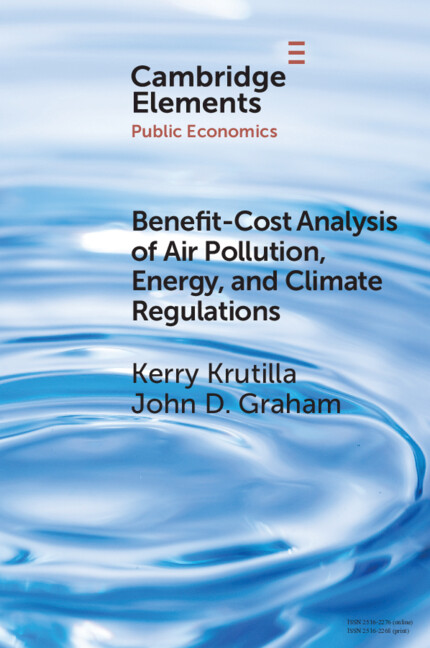The Marginal Cost of Public Funds
In a perfect market economy, the cost of raising another euro of tax revenue equals one. However, once distortionary taxes on goods and factors are introduced, the marginal cost of public funds, MCPF, typically deviates from one. Often it exceeds one, but one can also find cases where it falls short of one. This Element introduces the concept of the MCPF, sketches its history, and discusses a number of applications. It does this by undertaking economic evaluations of public sector projects involving a pure public good. An important distinction in the literature relates to where the government has access to lump-sum taxation versus where it must rely on changing a distortionary tax. These are often unit taxes or proportional taxes. Sometimes they are even introduced to alleviate a problem. An example is a tax on emissions of greenhouse gases. This title is also available as Open Access on Cambridge Core.
Product details
May 2025Hardback
9781009620475
88 pages
229 × 152 × 6 mm
0.268kg
Available
Table of Contents
- 1. Introduction
- 2. Notes on the history of the MCPF
- 3. The MCPF under Lump-Sum Taxation
- 4. Ramsey Taxation
- 5. A Smörgåsbord of further topics in variations of the basic model
- 6. Extension to a world with many goods and factors and to an intertemporal world
- 7. Optimal and Non-Optimal Income distributions
- 8. A few reflections on empirical approaches
- Appendix
- References.





